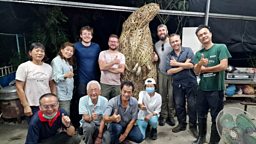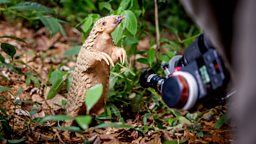Filming pangolins in Taiwan
Episode 2 of Big Little Journeys tells the story of a young pangolin who, having reached maturity, must travel through a land of giants and face the human world to find a female.
Here Series Producer Paul Williams explains how it was the work of conservationists that provided a unique opportunity to film this elusive species.
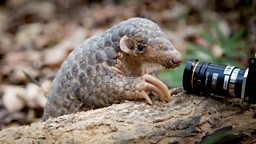
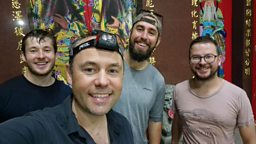
a durable radio tag system
“Formosan pangolins spend about 20 hours in the burrow, so I have developed a durable radio tag system that attaches to their scales to allow long-term tracking. By applying this technology I can find their natal burrows and monitor nursing behaviour as well as their home range and habitat use.“ Nick is part of a network of dedicated individuals and rescue centres across Taiwan who are actively involved in Pangolin conservation.
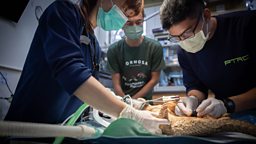
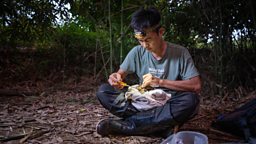
300,000 pangolins are poached every year
Globally around 300,000 pangolins are poached every year for their meat and scales, used in traditional Chinese medicine. In Taiwan this practice has almost completely ended, in part “because of education and awareness” says Nick, but also “in 1989 the Wildlife Conservation Act was passed and that listed pangolins as protected endangered wildlife”. While the pangolin population is now stable on the island they still face threats from the human world and Nick has rescued almost 200 Pangolins in the past decade.

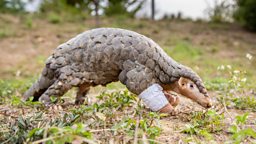
Pangolins are a keystone species
“In Taiwan their biggest threats are from injury caused by traffic and domestic dogs - one of the few animals with a bite strong enough to crunch through their tough scales.” At one of the rescue centres I met several Pangolins who, despite the best efforts of veterinary surgeons, were too severely injured to ever be returned to the wild. Fortunately it wasn't all bad news because Nick was preparing to release a young male that had been found abandoned as a baby and was now mature and in full health. It provided us with a unique opportunity to film his first steps back in the wild. I was keen for the film to reveal the role that Pangolins play in ecology because as Nick told us “Pangolins are a keystone species with a critical role in controlling biodiversity, and regulating the ecosystem. They eat tens of millions of ants and termites every year and they contribute to significant soil turnover by digging thousands of burrows, many of which provide shelter for other species.”
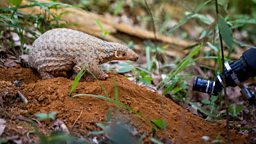
The way it gets down from a tree is simply to fall
We filmed one scene in which the Pangolin climbs a tree to feed on an ant nest. It’s 40cm long tongue is remarkable to see in action as it laps up ants by the dozen but it was the way that the ants retaliated that made me realise just how tough these little animals are. It endured bite after bite just to get a meal, before retreating to find more ants elsewhere. The way it gets down from a tree is simply to fall, relying on its armour for protection. They really are like little tanks. I feel immensely lucky to have spent time filming one of the planet’s most remarkable animals and I am immensely grateful that there are passionate people like Nick who continue to protect the natural world and give animals like the Pangolin a chance.
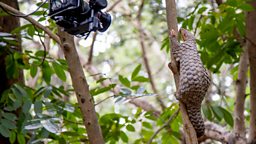
Around 20% of Taiwan is land that is protected for wildlife. National authorities, scientists and local communities monitor these areas and ensure that domestic dogs are kept out, ensuring that Pangolins have a chance to thrive. It’s working because Nick and his colleagues have recorded densities as high as 13 in a square kilometre, one of the densest populations in the world.
the future looks brighter
Nick hopes that Pangolins will continue to increase in numbers here and elsewhere. “Many regions and countries are improving the conservation status of pangolins, and I do believe that the future looks brighter but the extent depends on how many countries take protective measures in time.”
